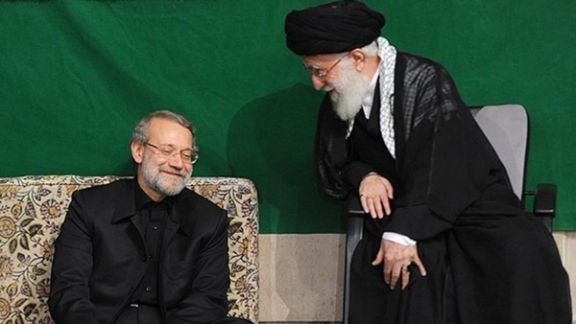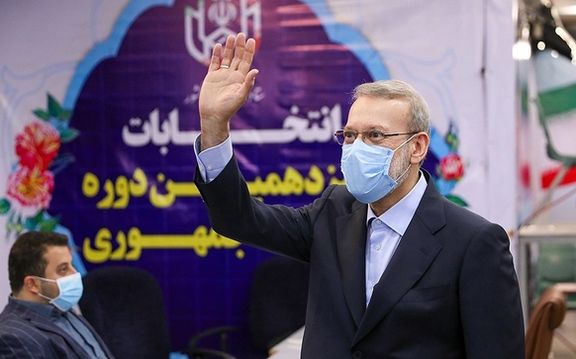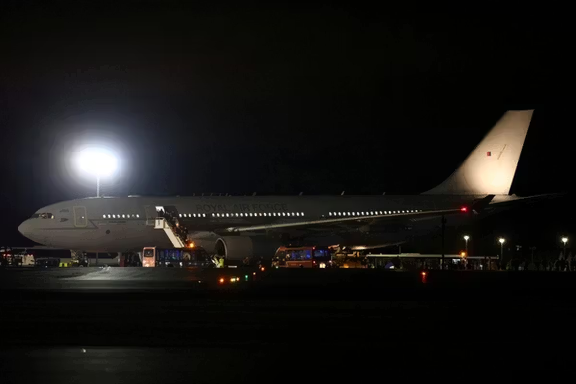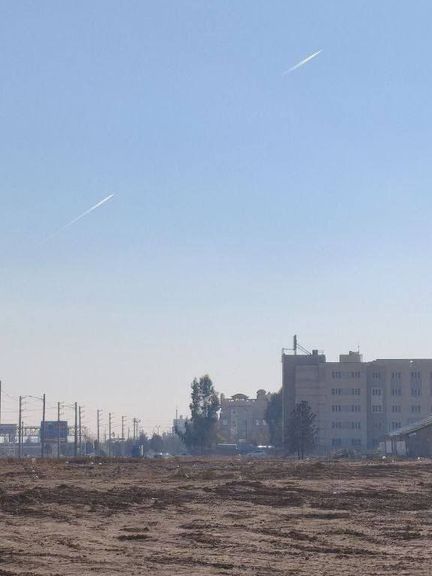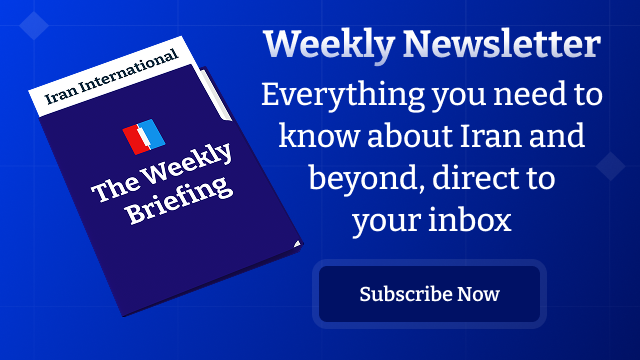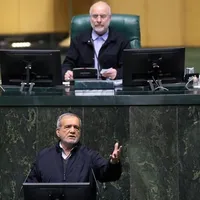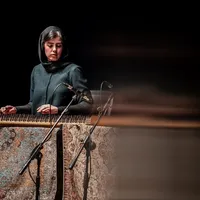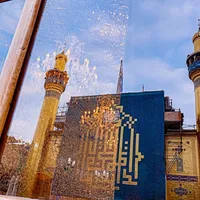The visit, in August 2024, was led by Ali Kalvand, a 43-year-old Iranian nuclear physicist, who arrived in Moscow on a diplomatic service passport along with four others, according to the report.
While Kalvand said they represented a private consulting firm, Western officials told the newspaper the delegation included a military counter-intelligence officer and members linked to Iran’s Organization of Defensive Innovation and Research (SPND), described by the US as “the direct successor organization to Iran’s pre-2004 nuclear weapons program.”
Iran has long denied seeking nuclear weapons, citing a religious edict by Supreme Leader Ali Khamenei banning their use, and says its nuclear activities are entirely peaceful. Khamenei said last month that the West uses Tehran’s nuclear program as an excuse for confrontation.
Iran International reported last year, citing three independent sources in Iran, that the Islamic Republic was advancing its secret nuclear weapons program by restructuring the SPND.
According to the Financial Times, the Iranian delegation met with Russian companies that manufacture dual‑use components, including electron accelerators and klystrons — equipment used in nuclear implosion simulations.
The delegation’s members also included experts in neutron generators – devices with civilian and military applications – and radiation testing, as well as a former head of a company sanctioned by Washington for acting as a procurement front for SPND.
Tritium request raises concern
The Iranian delegation also sought access to radioactive isotopes such as tritium, a substance with civilian uses but strictly controlled under global non‑proliferation rules because of its role in enhancing the yield of nuclear warheads.
The report said it reviewed a letter from Kalvand’s firm to a Russian supplier in May 2024 expressing interest in acquiring several isotopes, including tritium.
“It’s disturbing that these types of people can have this type of meeting in Russia, given the state Russia and Iran are in,” said Pranay Vaddi, a former senior director for non-proliferation at the US National Security Council.
“Regardless of whether the Russians are sharing components or technology, SPND is an organization who would be applying that specifically to nuclear weapons work.”
David Albright, head of the Institute for Science and International Security, told the paper: “We consider that a type of nuclear weapons program — to shorten the timeline... The leadership didn’t want to make a decision to build a weapon for various reasons. This sort of research activity allowed the leadership to say there was no nuclear weapons program.”
What is SPND?
SPND was established in 2011 by Mohsen Fakhrizadeh, who Western intelligence agencies believed oversaw Iran’s earlier nuclear weapons program, known as the Amad Plan, before it was halted in 2003. The US and the International Atomic Energy Agency (IAEA) consider SPND its institutional successor.
The US has repeatedly sanctioned SPND and affiliated companies, citing their role in “dual-use research and development activities applicable to nuclear weapons and nuclear weapons delivery systems.”
In 2024, Iran’s parliament formally recognized SPND under Iranian law, placing it under the defense ministry and exempting its budget from parliamentary oversight.
During Israeli attacks on Iran in June, Saeed Borji, a senior Iranian explosives expert and key figure in Iran’s nuclear-related defense programs, was killed. He headed the Center for Explosion and Impact Technology Research (known by its Persian acronym Metfaz), a subsidiary of the SPND.
Also among the delegates was Soroush Mohtashami, a neutron‑generator specialist trained under Fereydoon Abbasi‑Davani, who was also killed in the June attacks that, according to Israel, left at least nine scientists dead.
At the time, the military said all those killed had worked on the complex engineering mechanism that triggers the uranium core’s nuclear explosion.
Ian Stewart, head of the Washington office of the James Martin Center for Nonproliferation Studies, told the newspaper: “While there could be benign explanations for these visits, the totality of the information available points to a possibility that Iran’s SPND is seeking to sustain its nuclear weapons-related knowhow by tapping Russian expertise.”

